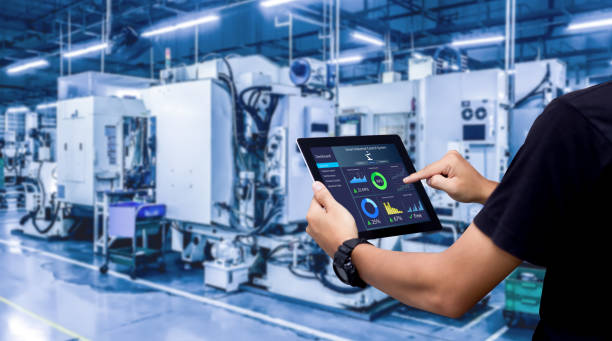Noninvasive inspection workflows for municipal water networks
Noninvasive inspection workflows for municipal water networks combine sensors, remote diagnostics and data analytics to detect and locate leaks without extensive excavation. These approaches reduce disruption to communities, preserve infrastructure integrity, and support conservation goals by limiting waterloss while enabling efficient prioritization of repairs and upgrades across distributed pipeline systems.

How are pipelines monitored for waterloss?
Municipal pipelines are monitored using a mix of continuous and periodic methods that aim to identify unusual flows and pressure anomalies. Continuous monitoring relies on inline sensors and pressure transducers that feed real-time data to analytics platforms. Periodic surveys use mobile data collection along pipeline corridors to capture transient events. Combining historical consumption baselines with flow and pressure signatures helps distinguish genuine waterloss from meter errors or customer changes. Integrating mapping and tracing datasets improves situational awareness across aging infrastructure and enables targeted diagnostics with minimal excavation.
What role do acoustics and ultrasound play?
Acoustic and ultrasound techniques detect the sound and vibrations produced by escaping water. Hydrophones and pipe-mounted accelerometers pick up frequencies associated with leaks; signal processing isolates those patterns from background noise. Portable ultrasound devices can be applied at joints and valves to confirm a leak without opening the pipe. These noninvasive methods are particularly useful in complex urban environments where digging is costly. When combined with geospatial mapping, acoustic hits guide crews to precise locations, reducing trial-and-error and lowering overall disruption to the pipeline network.
How does thermography assist inspections?
Thermography uses infrared imaging to reveal temperature differences that may signal buried leaks, wet soil, or saturated surfaces above pipelines. Aerial drones or handheld cameras capture thermal gradients that indicate anomalous heat transfer caused by escaping water. Thermography is effective in identifying slow leaks and seepage paths that might not produce strong acoustic signatures. It also assists in assessing surface-level impacts on landscaping and pavement. Integrating thermographic data with mapping and sensor outputs provides a layered diagnostic view that improves confidence in locating and quantifying waterloss.
How are sensors and pressure monitoring used?
Pressure monitoring forms a backbone of leak detection workflows: sudden drops, diurnal pressure curves and persistent depressurization are indicators of leakage or main breaks. Distributed sensors—pressure transducers, flow meters and smart meters—deliver the raw signals for analytics. Edge devices can perform local anomaly detection and flag events to central monitoring systems. Sensor networks also enable hydraulic modeling and tracing of transient events to infer probable pipeline segments involved. Proper calibration and redundancy are essential to reduce false positives and ensure diagnostics remain reliable across fluctuating demand patterns.
How do mapping, tracing, and analytics support diagnostics?
High-quality mapping and tracing of pipelines, valves, and customer connections are essential for converting sensor alerts into actionable diagnostics. Geographic information system (GIS) layers tied to sensor locations allow rapid correlation between anomalies and physical assets. Analytics platforms apply statistical and machine learning techniques to detect patterns, predict waterloss hotspots, and prioritize likely leak sites. Correlating telemetry with historical repair records and soil conditions refines search areas for noninvasive surveys. This data-driven approach reduces search time, optimizes crew dispatch, and helps utilities allocate limited maintenance budgets more effectively.
How do automation and conservation aid infrastructure?
Automation improves response times by routing sensor alerts through workflows that trigger remote valve operations, pressure management strategies, or targeted inspections. Automated control can reduce supply pressure during suspected leakage incidents to minimize waterloss while containment and repair are planned. Conservation outcomes are improved when monitoring and analytics identify systemic inefficiencies, enabling proactive asset renewal. In the context of municipal infrastructure, combining automation with staged diagnostics supports resilience: fewer emergency digs, more predictable maintenance, and an evidence-based approach to preserving supply for customers in your area.
Conclusion Noninvasive inspection workflows blend acoustics, thermography, ultrasound, sensors and pressure monitoring with mapping, tracing and analytics to form a comprehensive diagnostic toolkit. By prioritizing minimally disruptive methods, municipalities can detect and locate waterloss more quickly, protect infrastructure assets, and support conservation goals. Effective implementation depends on data quality, coordinated workflows, and appropriate automation to turn insights into timely repairs that sustain service levels across municipal pipeline networks.






